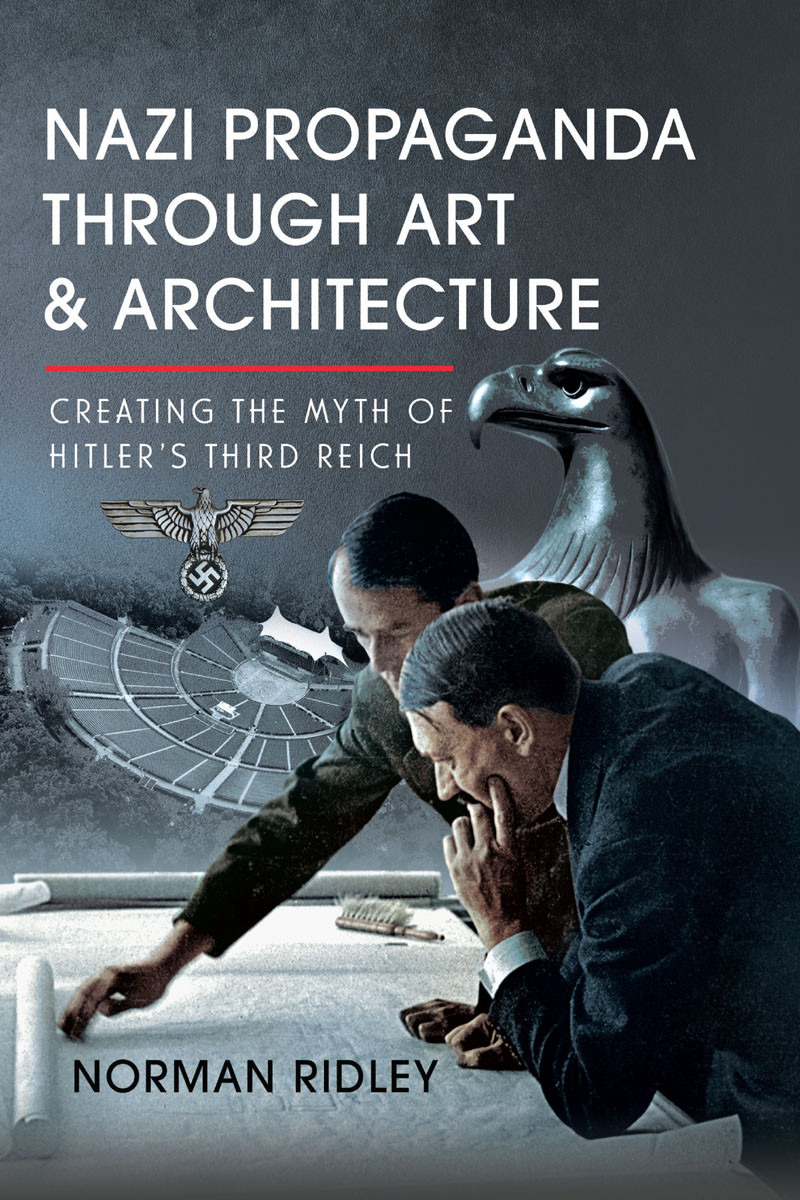

Most ebook files are in PDF format, so you can easily read them using various software such as Foxit Reader or directly on the Google Chrome browser.
Some ebook files are released by publishers in other formats such as .awz, .mobi, .epub, .fb2, etc. You may need to install specific software to read these formats on mobile/PC, such as Calibre.
Please read the tutorial at this link: https://ebookbell.com/faq
We offer FREE conversion to the popular formats you request; however, this may take some time. Therefore, right after payment, please email us, and we will try to provide the service as quickly as possible.
For some exceptional file formats or broken links (if any), please refrain from opening any disputes. Instead, email us first, and we will try to assist within a maximum of 6 hours.
EbookBell Team

5.0
30 reviewsThis was especially the case with art, which came to be used as a powerful tool of propaganda both to disseminate the myth amongst the population and indicate to the Nazi administrators the sort of cultural environment they should create. It was not an easy thing to do. While the nation was being re-created as a dynamic, modern, and powerful industrial giant, all the signals coming from Hitler indicated that his own idyllic view of the German nation was of a traditional, rural people deep-rooted in a romantic-mystical aesthetic. Hitler’s own experience as an artist in Vienna before the First World War had shown that, while technically proficient, his work was detached and impersonal.
Despite being rejected by the Vienna Academy of Fine Arts he continued to see himself as artistically gifted, especially in the field of architecture. This book looks at how the artistic side of Hitler’s personality dominated Nazi aesthetics and the ways in which the Third Reich manipulated public opinion and advanced its political agenda using the power of art. Despite his early setbacks, Hitler always thought of himself first and foremost an artist. He would frequently break off discussions with diplomats and soldiers to veer off on a lecture about his ideas on art and architecture which had been formed during his time in Vienna. Nazi Propaganda Through Art and Architecture explores how Hitler’s artistic and architectural vision for Germany led to the monumental structures which we now associate with the Third Reich, alongside the rural idyl he sought to espouse, and how they came to sy